Meetings and Events | News | Research Reports | Research in Progress
Meetings and Events
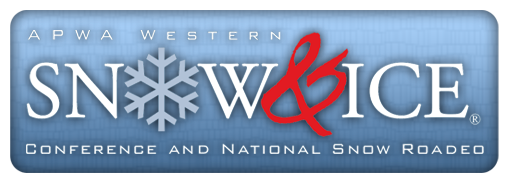 2017 APWA Western Snow & Ice Conference and National Snow Roadeo
2017 APWA Western Snow & Ice Conference and National Snow Roadeo
The 2017 American Public Works Association Western Snow & Ice Conference and National Snow Roadeo will be held September 27-29 in Loveland, Colorado. The conference will offer winter maintenance conference sessions grouped into three tracks (education, innovation, and snow best practices), a winter maintenance supervisor certificate workshop, and an exhibition hall with more than 90 vendors. On Sept. 27, the National Snow Roadeo gives operators a chance to show their skills in five events. Details.
[divider]
 2018 APWA North American Snow Conference
2018 APWA North American Snow Conference
The 2018 APWA North American Snow Conference will be held May 6-9 in Indianapolis. The annual conference features presentations from snow and ice professionals and an exhibit hall of winter maintenance solutions. Details.
[divider]
News
Presentations from the 2017 National Winter Maintenance Peer Exchange
Presentations from the 2017 National Winter Maintenance Peer Exchange, held September 12-13 in Pittsburgh, are now available online. Sponsored by the AASHTO Snow and Ice Pooled Fund Cooperative Program, Aurora and Clear Roads, this year’s peer exchange focused on implementing winter maintenance research. Presentation topics included AVL/GPS, route optimization, chloride reduction, Road Weather Information Services, and maintenance management. Presentations.
[divider]
“Advances in Spreader Technology,” APWA Reporter, September 2017
This article gives an overview of recent advances in material spreader technology, with a focus on opportunities to use GPS and automatic vehicle location (AVL) technologies to improve performance. One application: using location information to automatically adjust the material application rate and the spreader width and pattern to account for changes in road geometries, such as transit pullouts and roundabouts. Article (see page 21 of the PDF). This issue of APWA Reporter also features a look at winter maintenance best practices in other countries (see page 26).
[divider]
“Connected Vehicles and Road Weather,” APWA Reporter, August 2017
This article examines opportunities to use connected vehicles to provide new sources of road weather information. By sharing information about speed, position, brake status, pavement temperature and more, connected vehicles could enhance agencies’ ability to respond quickly and appropriately to adverse weather. Applications could include an enhanced maintenance decision support system and variable speed limits in response to weather conditions. Article (see page 144 of the PDF). This issue of APWA Reporter also features a column about outcome-based performance measurement in winter maintenance (see page 90).
[divider]
Research Reports
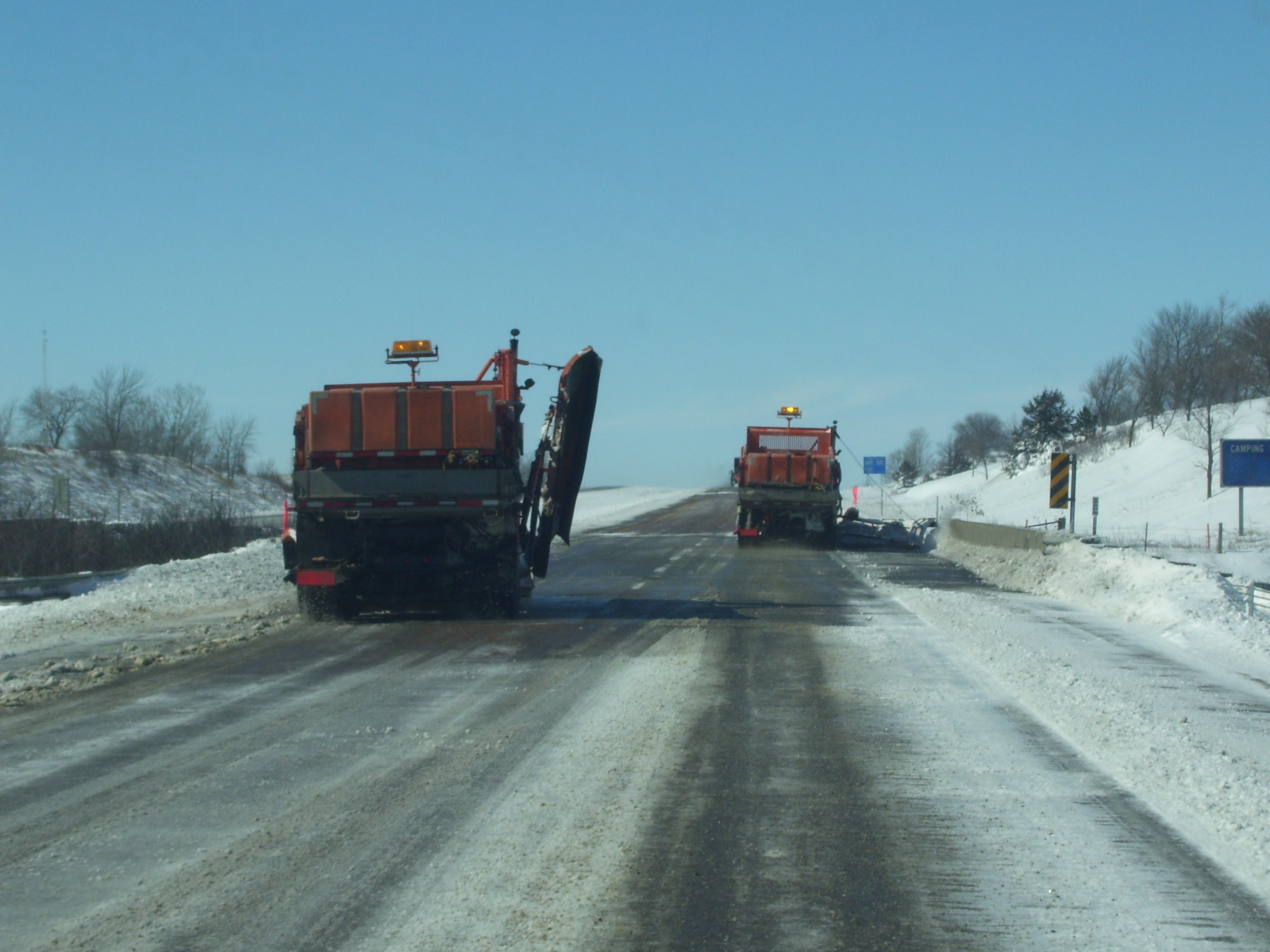 Snow Removal Performance Metrics
Snow Removal Performance Metrics
Clear Roads Report 14-05
This project examined the snow removal performance metrics in use and under consideration by winter maintenance agencies. Through a survey of over 50 local, state and international transportation agencies, researchers found that agencies are shifting from traditional input/output measurements to outcome-based metrics that are better suited to performance management and more meaningful to the public. Report.
[divider]
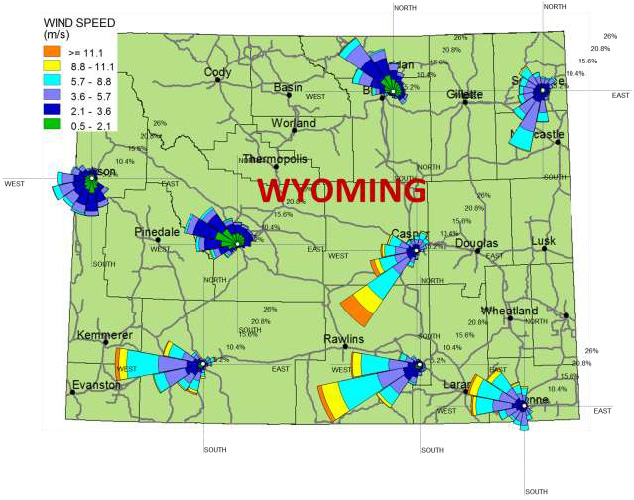 Historical Winter Weather Assessment for Snow Fence Design Using a Numerical Weather Model
Historical Winter Weather Assessment for Snow Fence Design Using a Numerical Weather Model
Wyoming Department of Transportation Report
This project updated the wind and precipitation data used in snow fence design. Researchers simulated wind fields and hourly snow precipitation using data from winter storms from 1980 to 2014. They found that the number of blowing snow events in Wyoming is increasing over time, and verified that the existing snow fence system is effective for the winter season prevailing wind. They also found that simulated wind patterns during blowing snow events can be quite different from the winter season average prevailing wind field. Moreover, the historical wind statistics indicated large deviations in wind direction along Interstate 80. Report.
[divider]
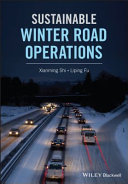 Recent Advances in Sustainable Winter Road Operations
Recent Advances in Sustainable Winter Road Operations
Center for Environmentally Sustainable Transportation in Cold Climates
This report provides a preview of the forthcoming book Sustainable Winter Road Operations, which will be published by John Wiley & Sons in 2018. The book compiles best practices and recent advances in environmentally sustainable winter maintenance, addressing both benefits and potential negative impacts. Chapter topics include a framework for life cycle sustainability assessment of road salt; societal and user considerations; safety, mobility and economic benefits of winter operations; and impacts on roadway infrastructure, equipment assets and the environment. Report.
[divider]
Maintenance Services, Transportation Weather, and Winter Maintenance
Transportation Research Record No. 2613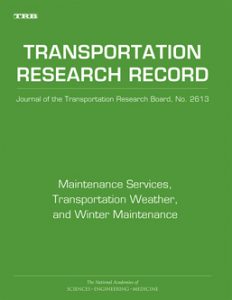
Issue 2613 of Transportation Research Record: Journal of the Transportation Research Board contains 10 papers that explore traffic and equipment maintenance, especially with regard to weather. Paper topics include snow removal performance metrics, safety effectiveness of snow fences, and reduction in nonfatal injury crashes after implementing anti-icing. Other topics include the effect of prewetting brines and mixing on the ice-melting rate of salt at cold temperatures (new tracer dilution method), using calorimetry to measure ice-melting capacity, and microsimulation traffic modeling in inclement weather. Report.
[divider]
Research in Progress
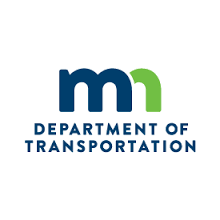 Adaptive Management to Improve Deicing Operations
Adaptive Management to Improve Deicing Operations
Minnesota DOT
This project’s goal is to find ways to further reduce the use of deicing salts by linking automatically collected data from salting trucks to automatically collected water quality data. The outcomes will take adaptive management (AM) for deicing operations to a new level that would achieve both traffic mobility goals and water quality goals (lower chloride levels). This project will develop a web-based AM tool (spreadsheet format) to allow this data to be communicated throughout the state. Project page.
[divider]
 Truck Station Location Optimization
Truck Station Location Optimization
Minnesota DOT
This project will test an ArcGIS-based methodology for optimizing truck station locations in Minnesota. Truck stations are used to store and repair equipment as well as store materials, and their location impacts winter maintenance treatment effectiveness, incident response times, and employee commute times. The project will develop a set of optimization alternatives, test the alternatives, and conduct a cost analysis to determine the optimal implementation strategy. The alternatives will account for the location, age and condition of truck station facilities as well as the amount of equipment, material capacity of equipment, storage capacity of facilities, and material demand of road segments. Project page.
[divider]
 Iowa DOT Office of Maintenance Winter Operations Decision Support Tools
Iowa DOT Office of Maintenance Winter Operations Decision Support Tools
Iowa DOT
This project aims to support improved operational decision making for winter maintenance. Researchers will use heat mapping to summarize automatic vehicle location (AVL) pings and display summary cost, material and plow pass information on a map, and will develop tools to provide a visual representation of the impact of winter maintenance on mobility and safety in specific time periods and locations. Finally, researchers will conduct an analysis of plow blade performance based on blade wear. Abstract.
[divider]
 Effects of Tree Canopy on Pavement Condition, Safety and Maintenance – Phase 2
Effects of Tree Canopy on Pavement Condition, Safety and Maintenance – Phase 2
Ohio DOT
This project’s goal is to document the positive and negative effects of tree canopy on the roadway pavement condition, on maintenance practices and on safety, and to determine whether Ohio DOT’s current practice of removing the tree canopy from the roadway is necessary. Canopy shading reduces the effectiveness of deicers by reducing the amount of solar energy able to reach the pavement, and may also accelerate pavement deterioration by slowing the evaporation of water from the pavement surface. (Damage occurs to the pavement during the winter months when water enters small cracks in the pavement, freezes and expands.) This project will document and evaluate the year-round effects that tree canopy has on pavement. Abstract and Phase 1 report.
[divider]
To be notified when new issues of this newsletter are posted and to receive the latest Clear Roads news and project updates, join our mailing list.

